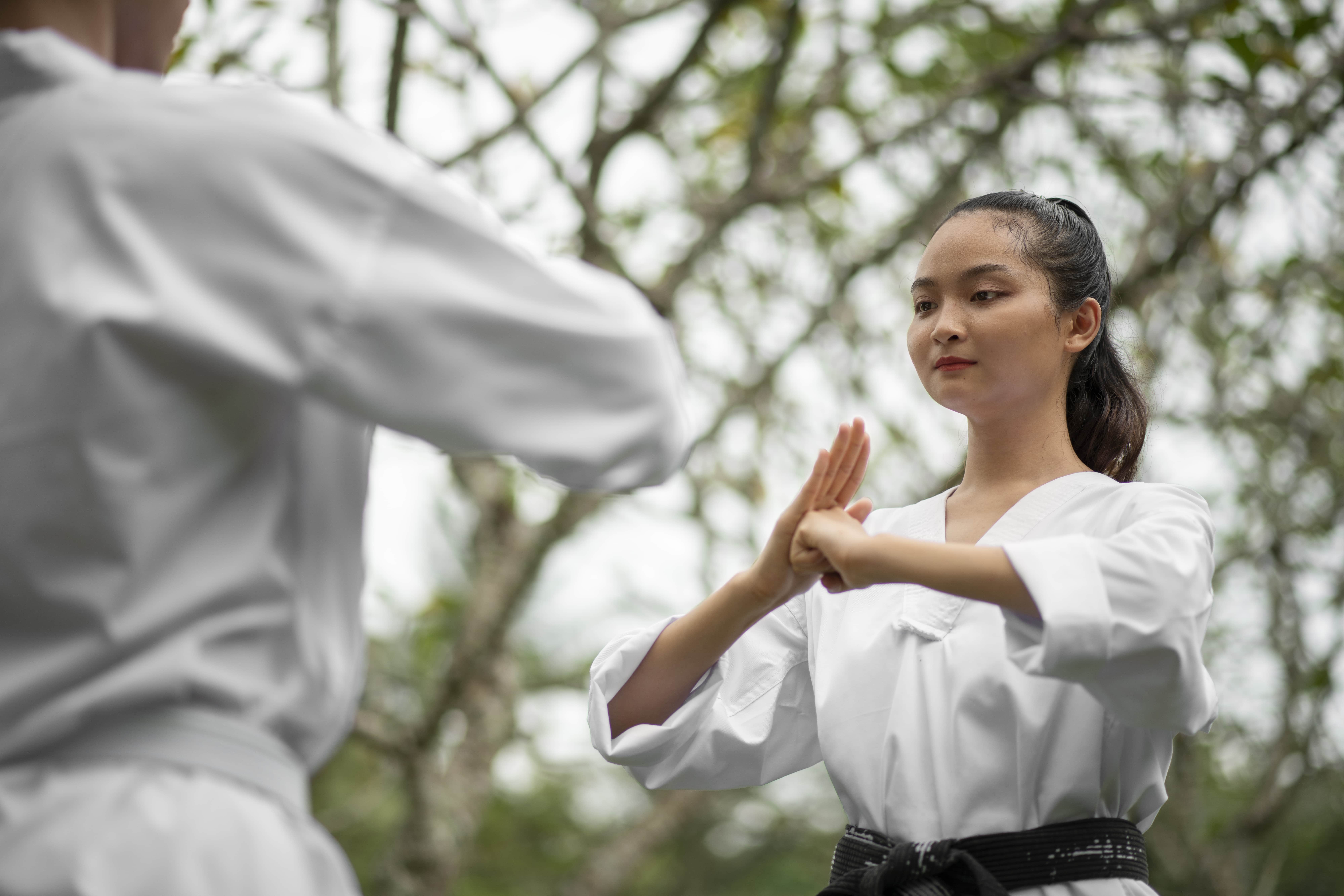Exploring Qigong and T’ai Chi as Complementary Therapies for Trauma Survivors

The Impact of Trauma and the Road to Recovery
Trauma survivors often face challenges in resettling and integrating into new societies. The negative aftermath of trauma can result in enduring personality changes, neurological damage, medical problems, damaged relationships, employment problems, and overall hindered functioning. The stress these factors bring can exacerbate psychological distress and complicate the healing journey.
The Traditional Approaches to PTSD Treatment
Post-traumatic stress disorder (PTSD) is a common outcome of many individuals traumatic experiences, often accompanied by major depressive disorder (MDD). Symptoms include depressed mood, anxiety, disturbed sleep, and persistent pain. Treating PTSD involves a variety of therapeutic approaches, including cognitive behavioral therapy, pharmacotherapy, and various self-regulation practices. A significant challenge lies in rebuilding the capacity for interpersonal relationships, as trauma disrupts the bond with the world. Recovery involves establishing safety, reconstructing the trauma story, and reconnecting survivors with their community.
The Role of Body-Work in Healing
Body-work therapies, such as massage, movement therapy, and sensorimotor psychotherapy, play a crucial role in addressing the somatic consequences of torture. These therapies aim to alleviate muscle tension, breathing problems, and reduced bodily awareness. Dance and movement therapy are particularly helpful for survivors, as they promote physical awareness and help process unassimilated reactions to trauma.
Enter Complementary Therapies: Qigong and T’ai Chi
The integration of Eastern practices, specifically qigong and t’ai chi, as complementary therapies has gained traction in recent years. These practices focus on the interconnection between the mind and body, emphasizing the restoration of balance within the mind–body system. Qigong and t’ai chi recognize the concept of “qi” or vital energy, which circulates through channels in the body. When this energy flow is obstructed, physical, emotional, and mental imbalances can occur.
How Qigong and T’ai Chi Benefit PTSD Treatment
The slow, deliberate movements of qigong and t’ai chi provide a mindful, meditative experience that counters erratic movements and thoughts caused by stress, trauma, or injuries. These practices increase bodily awareness, release muscle holding patterns, and promote flexibility and internal energy. Studies have shown that qigong and t’ai chi contribute to improved psychologic well-being, reduced anxiety, decreased pain, better sleep quality, and overall relaxation.
A Case Series: Qigong and T’ai Chi in Practice
A case series involving four torture survivors who practiced qigong and t’ai chi revealed promising results. Each survivor reported reduced anxiety, improved mood, better pain management, and enhanced introspection. Qigong and t’ai chi complemented psychotherapy and pharmacotherapy, enhancing the healing process.
Future Research and Conclusions
While this case series provides preliminary evidence of qigong and t’ai chi’s potential benefits, further research is necessary to confirm their efficacy as holistic additions to treatment for trauma survivors. These practices offer a unique approach to addressing the physical and psychologic repercussions of trauma. Qigong and t’ai chi may hold the key to restoring balance, promoting healing, and helping survivors regain control over their lives after enduring such immense suffering.
